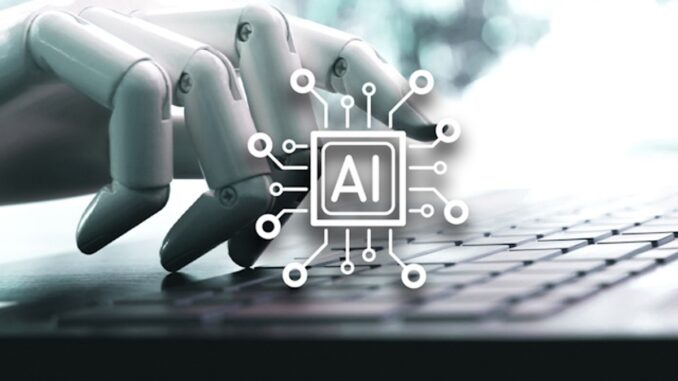
AI systems are designed to continuously monitor and improve their performance over time. This is achieved through various techniques, including:
1. **Machine Learning**: AI systems can learn from data and adapt to new situations, allowing them to improve their performance over time.









2. **Data Analysis**: AI systems can analyze data to identify patterns and trends, which can be used to improve their performance.
3. **Feedback Loops**: AI systems can use feedback from users or other systems to improve their performance.
4. **Self-Optimization**: AI systems can optimize their own performance by adjusting parameters and algorithms.
5. **Continuous Training**: AI systems can be trained on new data and updated with new algorithms and models.
Continuous monitoring and improvement are essential for achieving high performance and accuracy in AI systems. This is because:
1. **Data Changes Over Time**: Data distributions and patterns can change over time, requiring AI systems to adapt to these changes.
2. **New Data Arrives Continuously**: New data is constantly being generated, providing opportunities for AI systems to learn and improve.
3. **System Errors Can Occur**: AI systems are not perfect and can make mistakes, requiring continuous monitoring and improvement to minimize errors.
To achieve continuous monitoring and improvement, AI systems should be designed with the following features:
1. **Real-Time Data Processing**: AI systems should be able to process data in real-time, allowing for rapid adaptation to changing conditions.
2. **Auto-Tuning**: AI systems should be able to auto-tune parameters and algorithms to optimize their performance.
3. **Self-Monitoring**: AI systems should be able to monitor their own performance and detect errors or anomalies.
4. **Human Oversight**: Human oversight is essential for ensuring that AI systems are functioning correctly and making decisions that align with human values and ethics.
5. **Continuous Training Data**: AI systems should be trained on new data regularly to stay up-to-date with changing conditions.
By incorporating these features, AI systems can continuously monitor and improve their performance over time, ensuring high accuracy, reliability, and effectiveness in a wide range of applications.


Leave a Reply